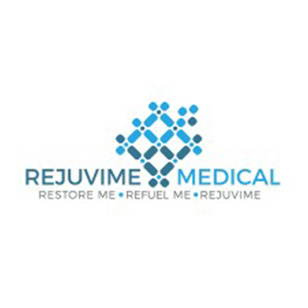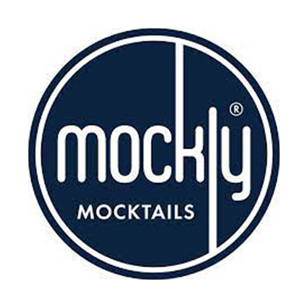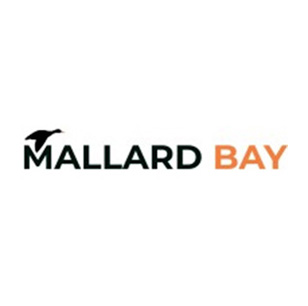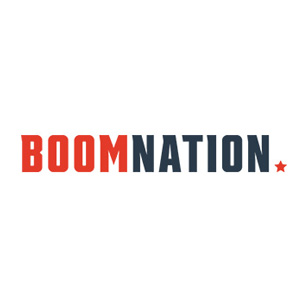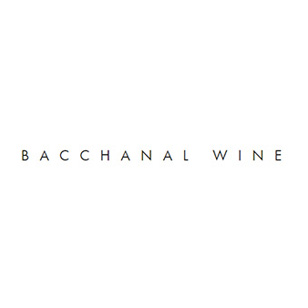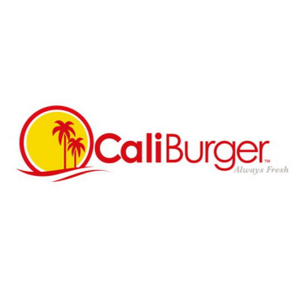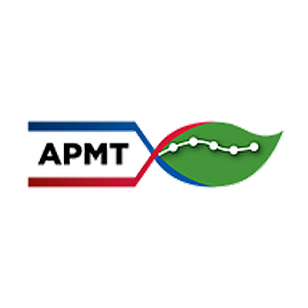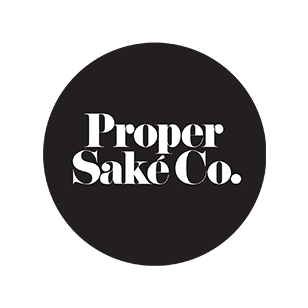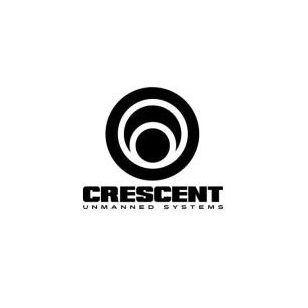BP Claims for Start-Ups General Outline
Disclaimer: this information does not constitute legal advice. Please contact a lawyer or the BP Settlement administrator for information regarding your claim.
This post is a follow up to the Blog Post I recently wrote on Silicon Bayou News regarding BP claims for start-up companies…
To determine the amount of a potential Start-Up claim, a Start-Up business can use the following rough guide to conduct its own estimate. But you should absolutely either consult a professional about your particular claim or make sure you carefully follow the actual BP Settlement framework if you are going to handle your own claim from start to finish.
- Determine Expected Profit/Loss. You can do this a few different ways:
- Take your actual revenues and actual variable costs for three consecutive months (you choose) post-spill time period, between May 2011 and April 2012, corresponding to the months of the Compensation Period (any three or more consecutive months between May 2010 and April 2011) that serves as the basis for estimating the claimant’s Expected Profit during 2010.
- Establish expected revenue and costs using financial projections, business plans or private placement memos that you submitted to investors.
- The expected revenue is (roughly) the difference between your expected revenues and expected costs.
- Determine Actual Profit/Loss.
- Actual Profit/Loss generated over the Compensation Period will be calculated as the difference between (i) the claimant’s actual revenues and (ii) the claimant’s actual variable costs, both for the three or more consecutive months between May 2010 and April 2011 (the Compensation Period).
- Actual revenue and actual Variable Costs will exclude any one-time nonoperating income/expenses, so you will focus on “fixed costs” or expenses.
- Calculation of Claimant Compensation
- Calculate the claimant’s Base Compensation Loss as the difference between (i) claimant’s Expected Profit/Loss and (ii) the claimant’s Actual Profit/Loss generated over the Compensation Period.
- Apply the agreed-upon “multiplier” that is part of the BP Settlement.
- Deduct any payments received by the claimant from BP or the GCCF pursuant to BP’s OPA claims process, any VoO Settlement Payment Offset and VoO Earned Income Offset, where applicable.
Now that you have done all of that, you will have to figure out “causation”—that is, showing that the spill caused your losses. That also involves several steps:
- Determine if Causation is Presumed for Your Business—if your Start-Up is in Zone A, B, or C, then you follow certain rough guidelines under the BP Settlement:
- If your Start-Up is a Start-up in Zone A that is not (i) excluded pursuant to the exception agreed to by the parties, (ii) a failed business, (iii) a business or individual excluded from the “economic class” definition, or (iv) involved with seafood, then you might not required to provide any evidence of causation.
- If your Start-Up is seafood or maritime related, you may be entitled to a presumption of causation with evidence—consult the BP Settlement framework.
- Causation Requirements for Start-Up Businesses in Zones B & C other than the above:
- If in Zone B, an increase of an aggregate of 8.5% or more in total revenues over a period of three consecutive months from May 2011 to April 2012 compared to the same months from May 2010 to April 2011 as selected by the claimant;
- If in Zone C, an increase of an aggregate of 10% or more in total revenues over a period of three consecutive months from May 2011 to April 2012 compared to the same months from May 2010 to April 2011 as selected by the claimant;
- AND
i. For business claimants that have customers in Zones A-C, the claimant demonstrates proof of an aggregate of 10% increase in the share of total revenue generated by customers located in Zones A-C over the same period of three consecutive months from May 2011 to April 2012 as selected by the claimant for the upturn revenue pattern as identified in § 2.a compared to the same three consecutive month period from May 2010 to April 2011;
OR
ii. For all other non-seafood related Start-Ups, evidence of oil spill-related cancellations by customers or that investors, lenders, etc. cancelled obligations or failed to provide capital because of the oil spill.
Disclaimer: this information does not constitute legal advice. Please contact a lawyer or the BP Settlement administrator for information regarding your claim.
This post is a follow up to the Blog Post I recently wrote on Silicon Bayou News regarding BP claims for start-up companies…
To determine the amount of a potential Start-Up claim, a Start-Up business can use the following rough guide to conduct its own estimate. But you should absolutely either consult a professional about your particular claim or make sure you carefully follow the actual BP Settlement framework if you are going to handle your own claim from start to finish.
- Determine Expected Profit/Loss. You can do this a few different ways:
- Take your actual revenues and actual variable costs for three consecutive months (you choose) post-spill time period, between May 2011 and April 2012, corresponding to the months of the Compensation Period (any three or more consecutive months between May 2010 and April 2011) that serves as the basis for estimating the claimant’s Expected Profit during 2010.
- Establish expected revenue and costs using financial projections, business plans or private placement memos that you submitted to investors.
- The expected revenue is (roughly) the difference between your expected revenues and expected costs.
- Determine Actual Profit/Loss.
- Actual Profit/Loss generated over the Compensation Period will be calculated as the difference between (i) the claimant’s actual revenues and (ii) the claimant’s actual variable costs, both for the three or more consecutive months between May 2010 and April 2011 (the Compensation Period).
- Actual revenue and actual Variable Costs will exclude any one-time nonoperating income/expenses, so you will focus on “fixed costs” or expenses.
- Calculation of Claimant Compensation
- Calculate the claimant’s Base Compensation Loss as the difference between (i) claimant’s Expected Profit/Loss and (ii) the claimant’s Actual Profit/Loss generated over the Compensation Period.
- Apply the agreed-upon “multiplier” that is part of the BP Settlement.
- Deduct any payments received by the claimant from BP or the GCCF pursuant to BP’s OPA claims process, any VoO Settlement Payment Offset and VoO Earned Income Offset, where applicable.
Now that you have done all of that, you will have to figure out “causation”—that is, showing that the spill caused your losses. That also involves several steps:
- Determine if Causation is Presumed for Your Business—if your Start-Up is in Zone A, B, or C, then you follow certain rough guidelines under the BP Settlement:
- If your Start-Up is a Start-up in Zone A that is not (i) excluded pursuant to the exception agreed to by the parties, (ii) a failed business, (iii) a business or individual excluded from the “economic class” definition, or (iv) involved with seafood, then you might not required to provide any evidence of causation.
- If your Start-Up is seafood or maritime related, you may be entitled to a presumption of causation with evidence—consult the BP Settlement framework.
- Causation Requirements for Start-Up Businesses in Zones B & C other than the above:
- If in Zone B, an increase of an aggregate of 8.5% or more in total revenues over a period of three consecutive months from May 2011 to April 2012 compared to the same months from May 2010 to April 2011 as selected by the claimant;
- If in Zone C, an increase of an aggregate of 10% or more in total revenues over a period of three consecutive months from May 2011 to April 2012 compared to the same months from May 2010 to April 2011 as selected by the claimant;
- AND
i. For business claimants that have customers in Zones A-C, the claimant demonstrates proof of an aggregate of 10% increase in the share of total revenue generated by customers located in Zones A-C over the same period of three consecutive months from May 2011 to April 2012 as selected by the claimant for the upturn revenue pattern as identified in § 2.a compared to the same three consecutive month period from May 2010 to April 2011;
OR
ii. For all other non-seafood related Start-Ups, evidence of oil spill-related cancellations by customers or that investors, lenders, etc. cancelled obligations or failed to provide capital because of the oil spill.


